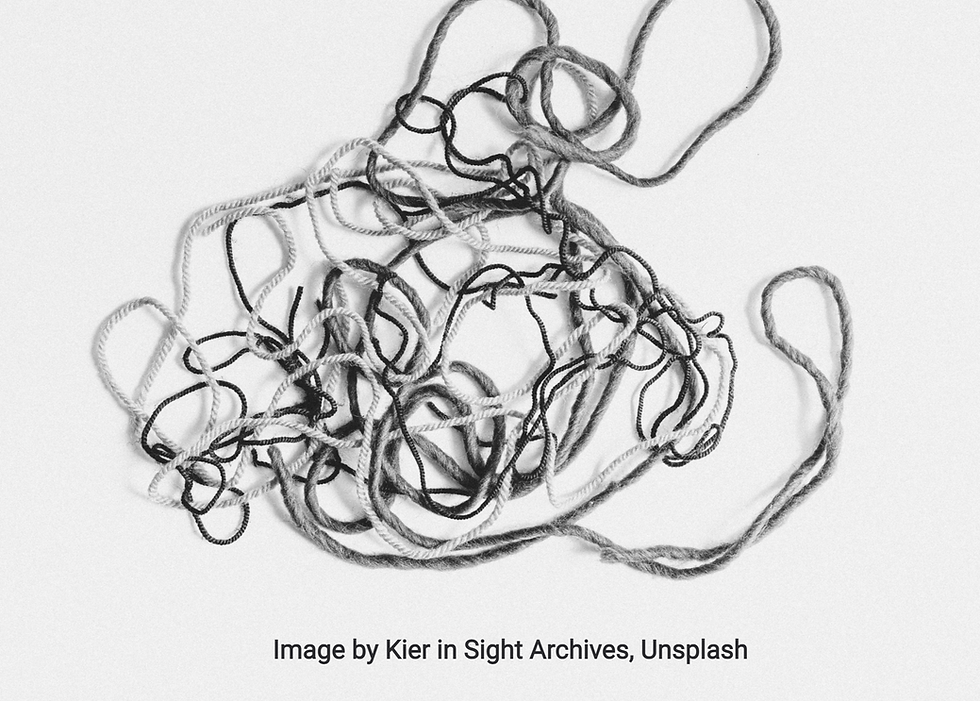Being a Conduit
- Louise Carnachan

- Jan 9, 2024
- 2 min read
Updated: Jan 9, 2024

I resurrected an 1841 family heirloom that had been languishing inside a box I’d carted around for forty years. If I was ever going to do anything with this coverlet remnant, I would’ve by now. It occurred to me that it could reside with my second cousin who has a deep appreciation of family. It seems I’d been the guardian of one piece of my fourth great-grandmother’s belongings. Now they could be handed to the appropriate modern day owner.
Have you been in the position where you either unknowingly held onto something for someone else or thought you were getting something for yourself only to find it suited another much better? I can’t count the number of blouses I’ve handed off to my dear friend, Anne, because the color looked much better on her.
All of us serve as conduits of physical materials as well as that which is immaterial. Among other things, we pass along ideas, stories, and advice. We introduce people we feel would benefit from knowing each other. Perhaps you’ve been a matchmaker. As a social worker, one of my roles was to connect people with community resources. As a teacher and coach, linking people with common interests has been immensely satisfying.
The thing about being a conduit is that it’s like giving a gift—once you’ve made the handoff it should be hands off by the giver. To do otherwise is the very definition of “strings attached.” We get into trouble when we have expectations about what the other person should do as a result of our generosity. However, you may have noticed that others have an irritating habit of living their lives the way they want to, not the way we want them to. It’s a universal phenomenon to notice and judge what others should be doing but not what we should do. (I love that we’re so beautifully flawed and human that way!)
Foisting material possessions off onto someone is no more attractive than shoving your advice down their throat. Ask if the person really wants what is being proffered—and make it okay to say no, thanks. That means no sulking if your gift is declined. However, if accepted, it is none of yours or my business what is done afterwards—even though we’re likely to have thoughts about it. That’s where keeping it to yourself comes in.
As for the old coverlet, it was made for the home of our ancestor, Eliza Quinn Harrison, upon her marriage. She had combed, spun and dyed the navy blue wool that decorates the woven linen with pine trees. When I asked cousin Shawn and her new wife if they would like this for their wedding gift, the tears in Shawn’s eyes conveyed a resounding yes.
It will be a joy to see this artifact restored by professionals, readied for display in my cousin’s home—if that’s what she chooses to do with it. That’s up to her—and I can sense Eliza nodding her hearty approval.



This is a timely message for me as I stare at objects that belonged to my grandmother and mother, wondering whom to even ask (now that I know better than to foist or fob). I've thought about the age of the objects and they're at or about the 100-year mark. What a precious gift Eliza has given you in return: the possibility that this precious object created by your fourth greatgrandmother will reach the 200-year mark. Wonderful!